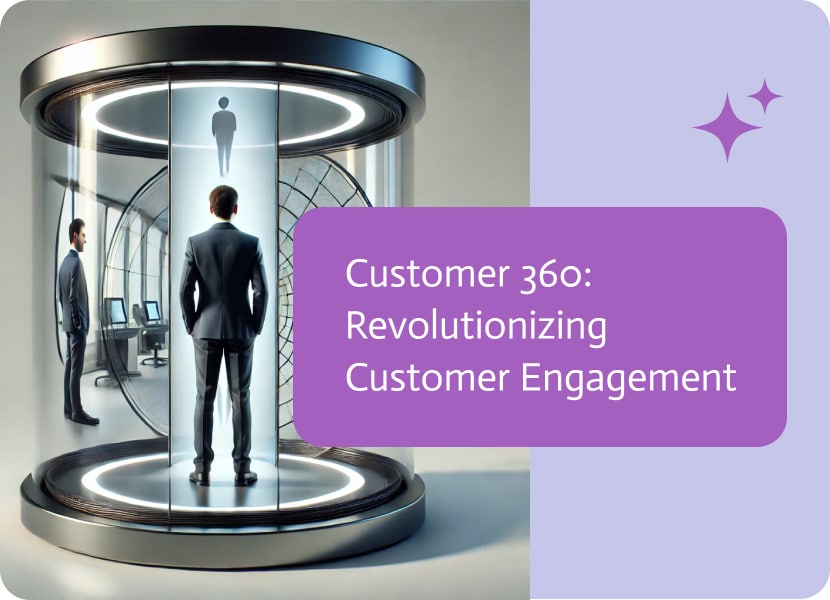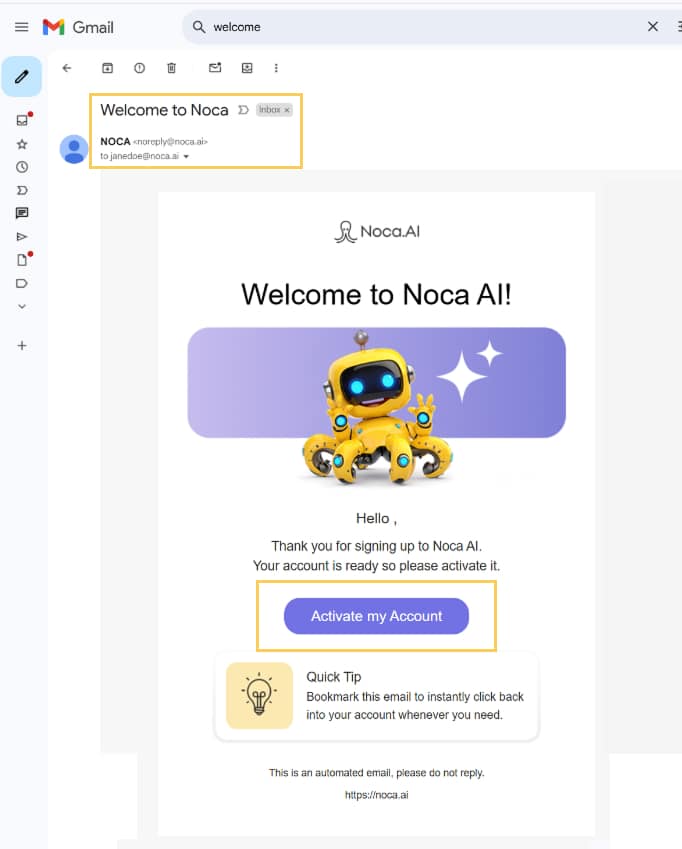

From transactional to emotional: The psychology behind customer loyalty
Want more loyal customers? Dust off your psychology book. Customer loyalty is all about building an emotional connection and trust with your customers. Oh, and the psychological triggers that turn casual shoppers into raving fans.
Apple. Nike. Starbucks. What do they all have in common? A loyal customer base. I should know—I would never use any laptop other than a Macbook, be caught dead in Adidas, or get my coffee from anywhere else. Why? Customer loyalty.
Sure, there are cheaper options out there. But that’s my point: customer loyalty isn’t about transactions—it’s about a strong emotional connection with your brand.asdasd
What is customer loyalty?
The most basic definition of customer loyalty is when customers come back to your business over and over. But most people go to the same grocery store every week—not out of loyalty, but out of convenience. That’s not what we’re talking about.
What is customer loyalty?
While repeat business is indeed part of customer loyalty, the more important aspect is the why. Zendesk sums it up:
What is customer loyalty?
While repeat business is indeed part of customer loyalty, the more important aspect is the why. Zendesk sums it up:
What is customer loyalty?
While repeat business is indeed part of customer loyalty, the more important aspect is the why. Zendesk sums it up:
“Loyal buyers consistently choose to do business with a particular brand and often defend it against its competitors. [It] entails developing a customer base so devoted to your brand that they’re willing to buy whatever you offer—no matter the price—even when there are cheaper alternatives in the market.”
Getting customers to be loyal to you, and only you, starts with personalization and creating an extraordinary customer experience (CX) that inspires buyers to come back again… and again.

Transactional vs. emotional loyalty
Not all customer loyalty is equal. Let’s take my loyalty to Starbucks. Despite a dozen coffee shops within walking distance and cheaper options, I remain loyal to Starbucks. But the grocery store I go to? Whatever’s cheapest.
Every barista knows my name and order, and they always have a pup cup ready for my dog. They’ve built a strong emotional connection with me, creating emotional loyalty. This form of loyalty is where consumers are 100% devoted to your brand, regardless of:
- Convenience
- Price
- Other factors
Transactional loyalty is the opposite. Customers choose you because of the perceived value you provide, but if they moved, lost their jobs, or circumstances changed, they’d drop you.
Let’s say they get their groceries from Kroger but move closer to an Aldi. They’ll switch to Aldi simply because it’s more conveniently located.
While you want to aim for emotional loyalty, keep in mind that most devoted customers start as transactionally loyal customers. Building an emotional connection takes time—don’t write off your transactionally loyal customers just yet.
Trust and commitment the foundations of customer loyalty
More than 80% of customers won’t buy from brands they don’t trust. And if you break that trust… 89% will leave you.
Trust and credibility are foundational in building your army of loyal fans. But it’s not always easy to earn customer trust — you need to create an emotional connection by being transparent, sensitive, and dependable

And then you’ve got customer commitment—a customer’s desire to build and maintain their relationship with your brand. There are three types of customer commitment:
- Affective. Commitment based on positive emotions customers connect to your brand. It inspires customers to remain loyal and establishes trust. These customers are emotionally invested and often become brand advocates.
- Continuance. Commitment based on logic and staying with a brand because it’s convenient or cheaper. It’s less about emotions and more situational—like the grocery store example.
- Normative. Commitment based on obligation. These customers have no emotional connection with your brand and solely stick with you because they have to—like an electric company.
If you can cultivate effective commitment and move customers closer to “brand advocate” status, you’ll reap another revenue-generating benefit: customer retention.
Customer loyalty ↔ customer retention
Both customer loyalty and retention can grow your revenue, but they aren’t the same.
Customer retention takes a set period and measures how many customers continue buying from you—the more that keep buying your services in that timeframe, the higher the retention rate. It’s obviously good for business, but it can also reduce acquisition costs:
Acquiring new customers can be 5-7 times greater than the cost of retaining customers
If you increase retention rates by 5%, you can boost profits by anywhere from 25 to 95%
On the other hand, customer loyalty paints a bigger picture of the relationship between you and your customers. HubSpot explains that “loyal customers don’t just come back—they often spend more money. They don’t simply buy your products—they offer referrals and testimonials and speak highly of your company.”
Not only do they spend more, but they do word-of-mouth marketing for you.
Customer retention speaks to reliable revenue. Customer loyalty creates opportunities for growth
Hubspot
- Convenience s
- Price s
- Other factors s
- Conveniences
- Prices
- Other factors s